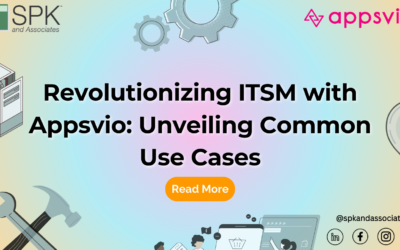Two years ago, Google announced a new product: Wave. Their (and I use the term loosely, since all new Google products seem to come from the same giant, faceless Googleplex) original goal was to unify messaging – have you thought about how many tools you use to communicate and coordinate?
- Public forums or websites
- Instant Messaging
- Skype
- Text messaging
- Phone calls
The problem for me, however, was that I didn’t want it all combined. My communication list has a priority-order – with the most important information being forced unto to the mobile device at my hip and the least important information requiring me to go fetch it in my free time. I wanted all the collaborative advantages of “The Wave” without any of the Wave-ing.
Dropbox solved my problem, first.
Originally billed as an application to synchronize files between my home and office computers, Dropbox is perfectly capable of managing collaboration between a few users. Seamless integration makes it an easy tool for users to adopt. Here are a few scenarios that may apply to you:
- You can share a Dropbox folder with another user. As a result, my changes to the 25-page Project Proposal.docx “instantly” appear on my boss’s computer. Anyone has the ability to revert back to prior versions, if desired, or add their own changes on top of mine.
- Dropbox has a Linux client that runs quite well. By setting this up on your webserver, you can always have a local-copy of your webpages to make changes in, which are “dropbox’ed” up to the website.
- The Windows Dropbox client has a small “pop-up” window that appears when files are changed. You can use this to know when your team is working on a project and when you need to step in to manage progress.
At its root, though, Dropbox is still a file-sharing system. Once you have more than three or four people sharing a project, it tends to become cluttered and conflicting versions of files appear due to two people simultaneously changing a document.
Basecamp solved my problem, next.
Any time a friend or colleague asks me for advice about their revolutionary start-up, Basecamp is high on my short-list of tips. Basecamp requires no training, has prices starting at ‘Free’, and has a reasonably-growing collection of add-ons. It’s the perfect small-business collaboration tool that leaves room to grow into a medium-business time-management system.
By setting up a single repository for versioned files, everyone on my team is able to collaborate quickly and seamlessly. The calendar helps me manage my own deadlines as well as understand how my contributions impact the overall project. Many of the features, such as the To-do lists, transcribe quite well onto my iPhone – especially helpful if I’m waiting for someone else’s deliverable before starting my own.
Specialized programs are the final solution.
At their roots, applications like IBM RequisitePro and MKS Integrity are tools to manage team collaboration in specific instances. When “small” companies start setting up Atlassian JIRA and Apache Subversion, I know that they’re getting preparing to become “big” businesses with coordinated teams working towards a common goal.
Team collaboration is the primary road-block I see in every small business I encounter. Find a way to streamline and fool-proof the process so that you spend less time “meeting” and more time “doing”.
Feel free to ask me an IT question about engineering tools management or any other topics discussed in this post. If you are looking for technology services, SPK and Associates are experts at optimizing the integration and workflow of tools commonly used by most engineering organizations.
Edwin Chung
Application Integration Engineer, SPK






